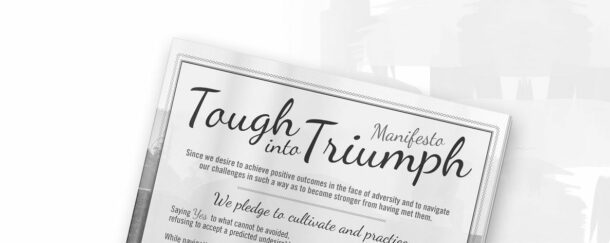
In the early to mid 90s, when my youngest son Kenneth was living with AIDs, and I was in the role of his primary supporter, I had a personal physician who offered a unique perspective. An appointment with Dr. Mary Anne began with her listening attentively as I reported my symptoms and updated her on how things were going with my son’s health. She would then examine me and after I had exchanged the patient gown for my street clothes, we would finish the session in her office. After a brief discussion, she would reach for her pen and pad and write me a prescription. Could be a pharmaceutical or a vitamin, a reference to a study she’s heard about that might be relevant to my son’s treatment, and often, included in the note I took home was an assignment to read a particular book or view a particular television show or movie. I knew several other women who were patients of Dr. Mary Ann, and they too got art assignments, but not the same ones that I did, so her prescriptions were personalized and tailored to each patient.
Before she went to medical school, Dr. Mary Anne had been a nun, and I always through these last assignments where good habits left over from her life as an educator. But a newly released book, Your Brain on Art: How the Arts Transform Us shows her to have been a generation ahead of her time in her expectation that art and artmaking could be prescribed to improve the quality of her patient’s lives, their mental health, and to lessen their pain, and more. Now, thirty some years later, neuroimaging is providing to the new field of Neuroaesthetics, proof for how our brains and bodies transform when we participate in the arts.
In searching online for something else, I came across this March 2023 released book by authors Susan Magsamen, founder, and executive director of the International Arts + Mind Lab at the Center for Applied Neuroaestheticsm at John Hopkins University School of Medicine and Ivy Ross, artist, and vice president of design for the hardware products at Google. At first, I had that moment of dread and self-incrimination that authors with a book “in process” or “soon to be released” often experience. We think to ourselves “I’ve taken too long, someone else has brought out my book.” But it only took a couple of deep breaths for me to recognize this gift from the universe, this brilliant book that offers the scientific proof for what I’ve experienced and been writing about. It confirms what my clients and students have discovered that art is our first language and connected to the way our biology works. It’s encouraging to know that as I insist on viewing grieving as an art, the arts and artmaking are what can make it so–changing our brains so as to transform the pain of grief and loss into a vibrant and rewarding future life–eventually into a life well-lived.
Authors Susan and Ivy begin with defining an aesthetic mindset as “being present and attuned to the environment you are in. This fosters an ongoing connection to your sensory experiences, opening the door to creating art and appreciating aesthetic experiences–that ultimately change you.” Readers are invited to take a survey before and after trying out some of the ideas in the book to see if their score changes.
A core concept of the science on which the book is based, neuroplasticity, is a somewhat recent idea. A woman researcher Marian Diamond who was born in 1926, became one of the founders of modern neuroscience when she ignored her male colleagues who insisted the brain was fixed and could not change. She designed three environments for her research mice–one enriched with toys like a children’s playroom, one with a small amount of stimulation and a third that was stimulus deprived. When she dissected the brains of the mice, those in the enriched environment had developed more connections, and those in the deprived environment had loss brain matter.
Your Brain on Art provides much information about the various senses and how they register in the brain, and about how the arts trigger the release of neurochemicals that offer emotional release. “When you experience virtual reality, read poetry or fiction, see a film or listen to a piece of music, or move your body to dance,….you are biologically changed. This can lead to what Aristotle called ‘catharsis’…where you feel more connected to yourself and others.”
The book has chapters on “Cultivating Well-Being, Restoring Mental Health, and Healing the Body, all part of what needs to happen in the grieving process as we acknowledge, feel, and eventually transform our losses into wisdom for our future lives. When we use the arts to experience and process our grief and help us make meaning and enduring connections to what we have lost, we’ve come to the right place because of what the book calls the brain’s ability “as a meaning making machine to connect the dots, find patterns and understand, and then build neural pathways accordingly.
To get to the place where you can prescribe art and artmaking activities to address your own wellbeing and grieving process consider going to artofgrieving.us and sign up for previews and emerging chapters of my upcoming book The Art of Grieving: How Art and Artmaking Help Us Live Our Best Lives Now. For more on the bestselling book Your Brain on Art: How the Arts Transform Us check out the short video of the author’s discussion of the book https://www.youtube.com/watch?v=kBLETFMSr78 and consider purchasing the book through your favorite bookseller.

